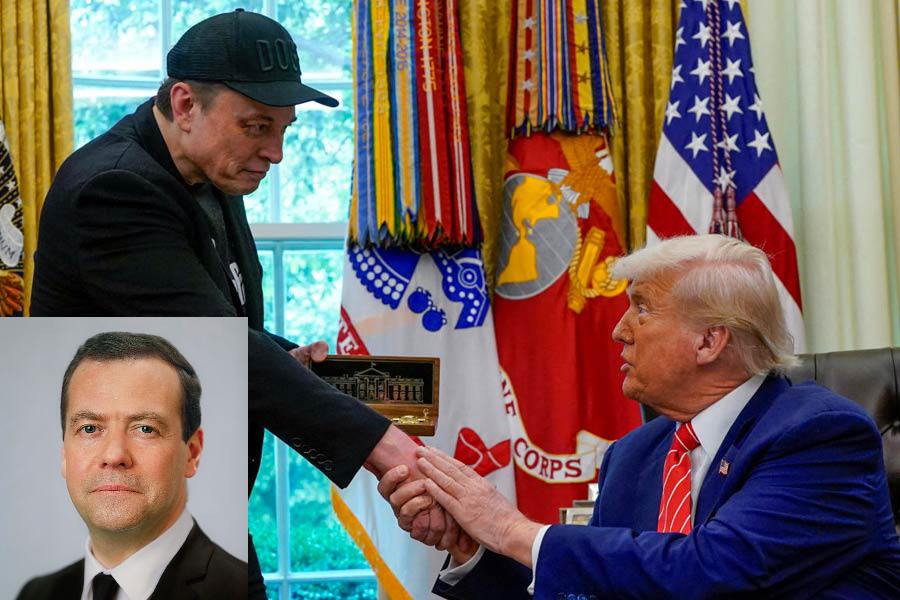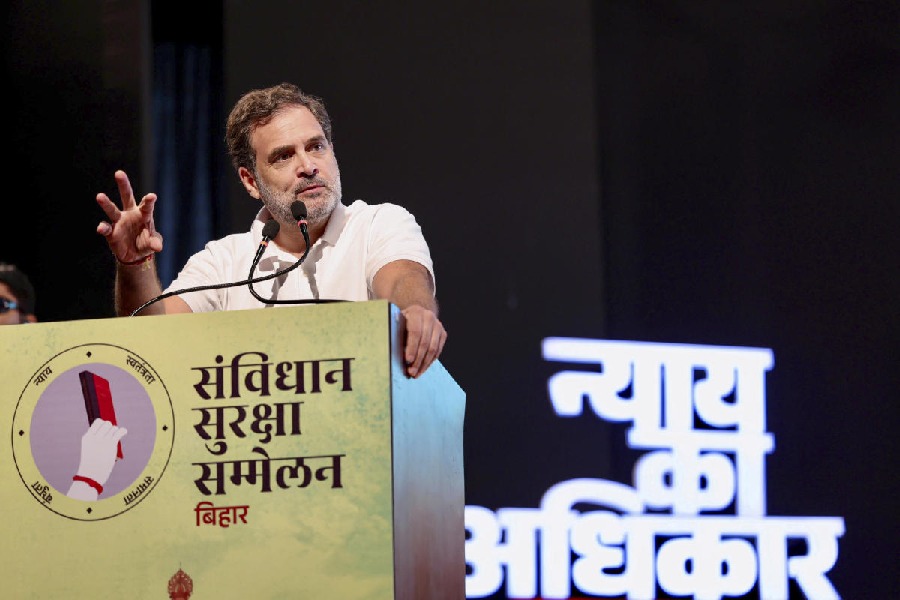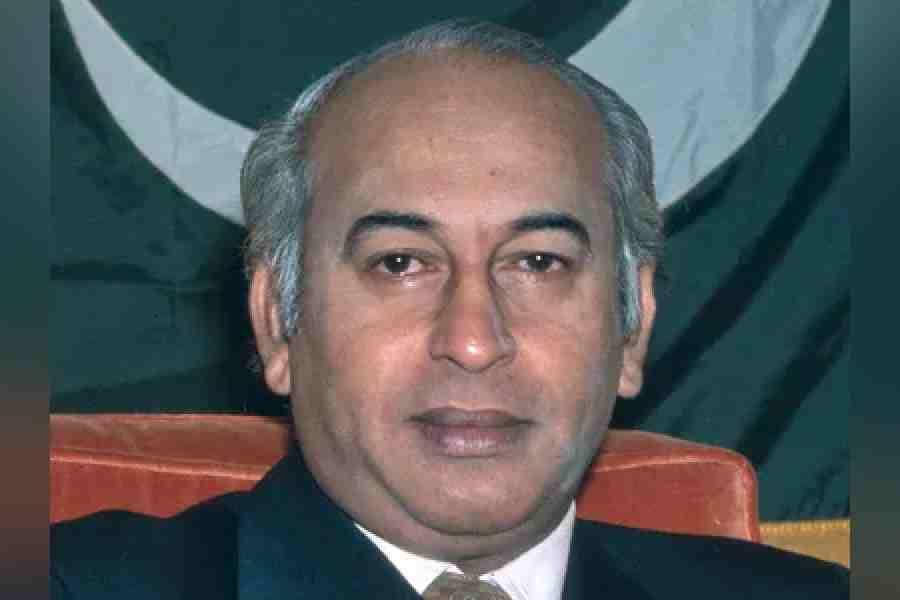 |
| Harbhajan Singh |
Adelaide: India spinner Harbhajan Singh’s three-match ban for racial abuse might not have been reduced so much if the judge hearing the appeal knew of the player’s previous disciplinary infractions.
John Hansen, a New Zealand High Court judge and an International Cricket Council appeals commissioner, said on Wednesday an ICC administrative mistake meant he was not made aware of Harbhajan’s most serious past indiscretion — in November 2001 when he and three other India players were fined 75 per cent of their match fees and given a suspended one-Test ban for dissent.
Hansen considered reopening the sentencing process when he was belatedly made aware of this, but could not. “At the end of the day Mr Singh can feel himself fortunate that he has reaped the benefit of these database and human errors.”
The following are excerpts from Hansen’s statement, released by the ICC on Wednesday:
Background
During the 116th over on Day 3 of the Sydney Test, Harbhajan Singh made friendly contact with Brett Lee. At the end of the over while the umpires were changing ends and the fields was crossing over to their new positions, Andrew Symonds approached Harbhajan and told him that he had no friends amongst the Australians (he admits he used the word ‘f***’ or a derivation thereof). Harbhajan used similar language to Symonds and neither took offence at that stage.
However the exchange caused Harbhajan to become angry and he motioned to Symonds to come towards him. Harbhajan then said something to Symonds. There is a dispute as to what was said. However all of the players who gave evidence to the hearing before Match Referee Procter of what was said between Harbhajan and Symonds namely, Harbhajan, Symonds, Mathew Hayden and Michael Clarke, are all clearly of the view that in the circumstances, Harbhajan used language that was (and intended by Harbhajan to be), offensive to Symonds. Symonds took immediate offence at the language and behaviour of Harbhajan.
Symonds also gave evidence that in the course of this angry exchange that he initiated and provoked Harbhajan called him “you big monkey”.
Symonds accepted that Tendulkar of all the participants was closest to Harbhajan. A viewing of the video shows that people were moving around but certainly Tendulkar appears to have been closest to Harbhajan in the course of the heated exchange we are concerned with. Contrary to reports that Tendulkar heard nothing he told me he heard a heated exchange and wished to calm Harbhajan down. His evidence was that there was swearing between the two. It was initiated by Symonds. That he did not hear the word “monkey” or “big monkey” but he did say he heard Harbhajan use a term in his native tongue “teri maki” which appears to be pronounced with a “”. He said this is a term that sounds like “monkey” and could be misinterpreted for it.
Harbhajan himself gave evidence and he denied using the words “monkey” or “big monkey”.
 |
| Justice John Hansen |
The ruling
The appeal document filed on behalf of Harbhajan states that there is no evidence to support the allegations against him. This is mainly on the basis that it is contended the evidence of Messrs Symonds, Clarke and Hayden, in particular, should have been rejected. In a sense, because I am conducting a re-hearing this is irrelevant, but I think it is appropriate to comment.
This misunderstands the process required of a fact finder, be it in a jury or a Judge in a Court of law, or someone involved in disciplinary hearings such as we are concerned with here.
The mere fact of such disputes does not excuse the fact finder from reaching a conclusion. It is a requirement of the finder of fact to consider all of the evidence and then determine which evidence, or which part of such evidence, he, she or they will accept. In this case it was the obligation of Mr Procter as the Match Referee, to make findings of fact. In the same way, invidious as it may be, I am confronted by the same obligation in this hearing.
Harbhajan was charged with a Level 3 offence. Where the relevant Code of Conduct reads:
The Offences set out at 3.1 to 3.3 below are Level 3 Offences. The penalty for a Level 3 Offence shall be a ban for the Player or Team Official concerned of between 2 and 4 Test Matches or between 4 and 8 ODI Matches…
The video evidence and the stump microphone do not take the matter much further. They certainly pick up some words and appear to include, although this is not conclusive, Mr Symonds saying “are you calling me a monkey”. There are also words from Mr Hayden to the effect that “it doesn’t matter mate it’s racial vilification mate it’s a shit word and you know it”.
There is another reason why I consider a charge under 3.3 fails. Counsel made submissions on the interpretation of 3.3. Mr (Venkatesh) Manohar suggested it was similar to a criminal offence and it was necessary to prove intent. I do not think that is the case. I am in agreement with counsel assisting me and with Mr Ward for Cricket Australia. That is that the clause requires an objective interpretation and an objective assessment of what occurred. To that extent it may be usefully likened to public disorder offences that are familiar in most jurisdictions (i.e. offensive language is to be gauged by its effect on a reasonable or ordinary person).
In the course of submissions I raised directly with counsel for Cricket Australia Mr Ward what was the level of offence that Mr Symonds took from what was said to him. He confirmed that Mr Symonds took the language to be offensive and seriously insulting but did not consider it fell under the requirements of 3.3.
Given that is the view of the complainant it is hard to see how the requisite elements of 3.3 could be satisfied. Harbhajan had innocently, and in the tradition, of the game acknowledged the quality of Mr Lee’s bowling. That interchange had nothing to do with Mr Symonds but he determined to get involved and as a result was abusive towards Harbhajan. Harbhajan was, not surprisingly, abusive back. He accepts that his language was such as to be offensive under 2.8.
As a consequence of my findings that a charge pursuant to 3.3 is not made out I consider that the evidence does warrant a charge under 2.8. I have put that charge to Harbhajan and he has pleaded guilty to it.
There has been considerable publicity relating to the allegations against Harbhajan and this appeal. Many reports have suggested that if the appeal is unsuccessful the balance of the tour would be called off or would at least be in jeopardy. Mr Manohar has assured me that that is not the position of the BCCI and it is no more than media speculation and exaggeration. I accept Mr Manohar’s assurance.
 |
Many people reading such media reports could well have thought that they were designed to pressure the Code of Conduct Commissioner into a predetermined result. In the event the result has been favourable to Harbhajan. On a personal level I can say that I have not felt under any pressure because of such media reports.
I need to add something about the penalty I imposed. In imposing that penalty I took into account Harbhajan’s previous transgressions as advised to me by counsel assisting Mr Jordan. I was told that Harbhajan had one infraction in April 2003 for what was the equivalent to a 2.8 offence under the present Code. That was for an abusive comment made to the umpire when he was fined 50% of his match fee. That was the only infraction that Mr Jordan had been advised of by the ICC.
After the penalty was announced I was made aware that in fact there were three further matters I had not been informed of. One was under the old Code of Conduct in 1998. It was the equivalent of a Level 1 offence under the present Code and involved ordering a batsman to the pavilion. He was fined half of his match fee. There was a similar offence in November of 2005 when he was fined 25% of his match fee. Of more moment was a conviction, along with other players, in November of 2001. In the course of a test match Harbhajan was found guilty of showing dissent at the umpire’s decision and attempting to intimidate the umpire. He was fined 75% of his match fee and given a suspended ban for one test match.
The 1998 matter was overlooked because apparently offences under the old Code of Conduct are not included in the ICC database. The November 2001 offence was overlooked because more than one player was convicted and the entry in the database was under another player’s name. It was simply human error that led to the Level 1 offence in November 2005 not being made available. None of these three offences were advised to Mr Jordan and because of that he was not in a position to advise me of them. Other counsel did not alert me to this information during the sentencing process. These matters should have been placed before me. None of them of course involve racist allegations. Leaving aside for the moment the offending in November of 2001, if I had been fully informed of all the other offences, given the level of provocation in this case, my penalty would have remained the same. However, if I had been aware of the serious transgression in November 2001 I would have required more extensive submissions as to the offence in mitigation which could have led to a different penalty.
Overnight I have given earnest consideration to the Code of Conduct to see if it empowers me to reopen the sentencing process. Regrettably I have concluded that I cannot do so and the penalty imposed by me must stand. At the end of the day Harbhajan can feel himself fortunate that he has reaped the benefit of these database and human errors. But judicial experience shows that these are problems that arise from time to time.
It is apparent from the contents of my decision that this hearing was vastly different from that that occurred in front of Mr Procter. I have had a full hearing with the assistance of counsel with cross examination from counsel representing Harbhajan and Cricket Australia. I also had the advantage of additional video and audio material. I have had considerable assistance from counsel by way of legal submissions. The fact that I have reached a different conclusion from Mr Procter does not reflect on his decision or the process he adopted. The reality is it was a quite different hearing from the one that occurred in front of him.










